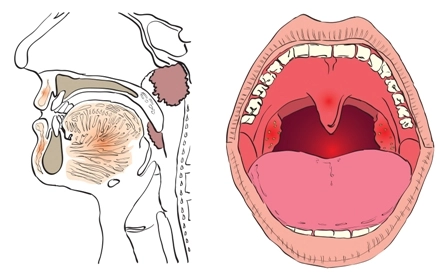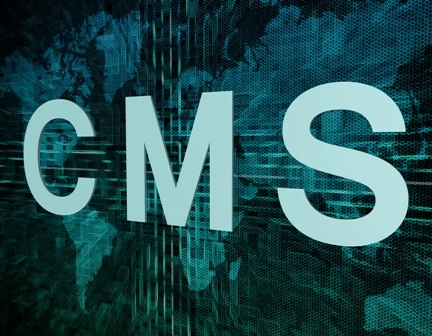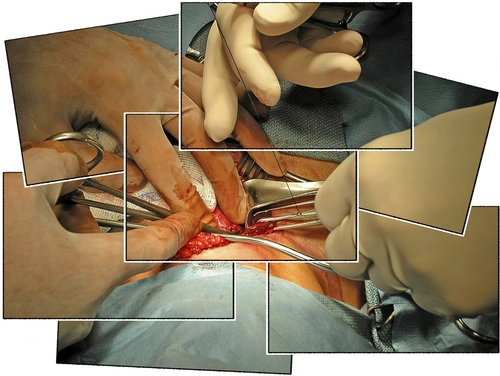Otolaryngology Coding Alert
Inpatient Coding:
Can You Answer These Inpatient E/M Coding FAQs?
Published on Fri May 13, 2022

You’ve reached your limit of free articles. Already a subscriber? Log in.
Not a subscriber? Subscribe today to continue reading this article. Plus, you’ll get:
- Simple explanations of current healthcare regulations and payer programs
- Real-world reporting scenarios solved by our expert coders
- Industry news, such as MAC and RAC activities, the OIG Work Plan, and CERT reports
- Instant access to every article ever published in Revenue Cycle Insider
- 6 annual AAPC-approved CEUs
- The latest updates for CPT®, ICD-10-CM, HCPCS Level II, NCCI edits, modifiers, compliance, technology, practice management, and more
Related Articles
Other Articles in this issue of
Otolaryngology Coding Alert
- Ablation:
5 Facts About Coding Ablation Procedures for Rhinitis
Several major payers are implementing negative reimbursement policies for ablation when performed for chronic rhinitis. [...] - Inpatient Coding:
Can You Answer These Inpatient E/M Coding FAQs?
Hint: Don’t forget modifier AI when necessary. Whether your ENT is seeing hospital patients following [...] - Clip And Save:
Check Which Inpatient Codes Otolaryngologists Are Reporting Most Frequently
If you’re getting to know the inpatient codes more closely, it might be a good [...] - Substitute Physician:
Summer Is Approaching: Understand How to Report Locum Tenens Services
Don’t let the NPI nuances slip your mind when billing for substitute physicians. With warmer [...] - You Be the Coder:
Can You Spot the Problem in This Claim Submission?
Question: I submitted notes to my insurer multiple times, and they are continuing to deny [...] - Reader Questions:
Understand HIPAA Compliance Rules
Question: Can we switch to gap analysis of how we implement HIPAA compliance instead of [...] - Reader Questions:
Know This Nosebleed Coding Solution
Question: Our ENT provider performed simple anterior cautery on a patient’s right nostril and anterior [...] - Reader Questions:
Understand What’s Included in Global Package
Question: Our surgeon performed a septoplasty (30520) and then, during the postoperative period, used a [...]
View All




